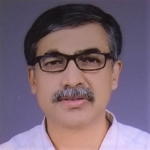How Wide is the “Sink of Localism” in India?

Even a beginning student of rural India with only a passing familiarity with its complex social organization can wax eloquent about one stylized fact—the near-perfect segregation of residential space by caste and religion. Introductory textbooks have immortalized spatial segregation as a constitutive feature of social life in agrarian India.





